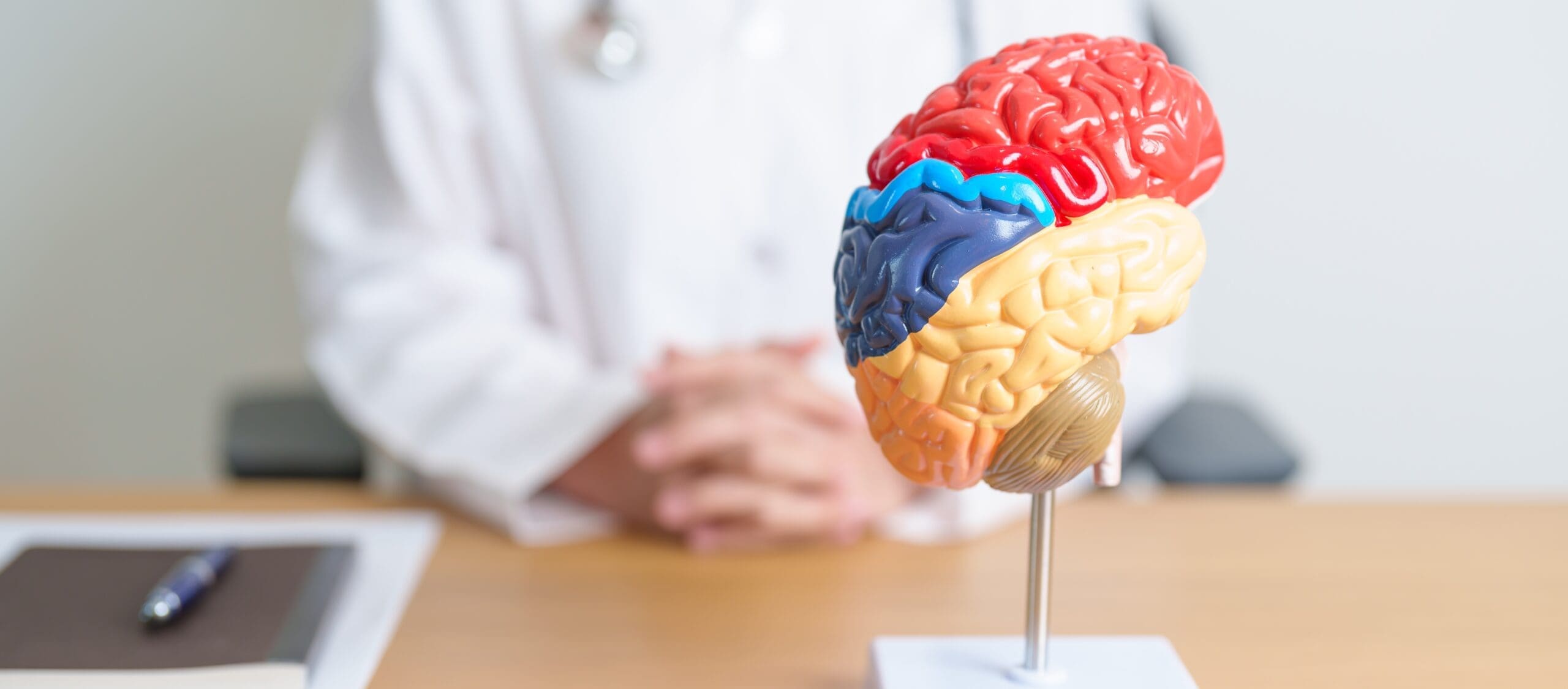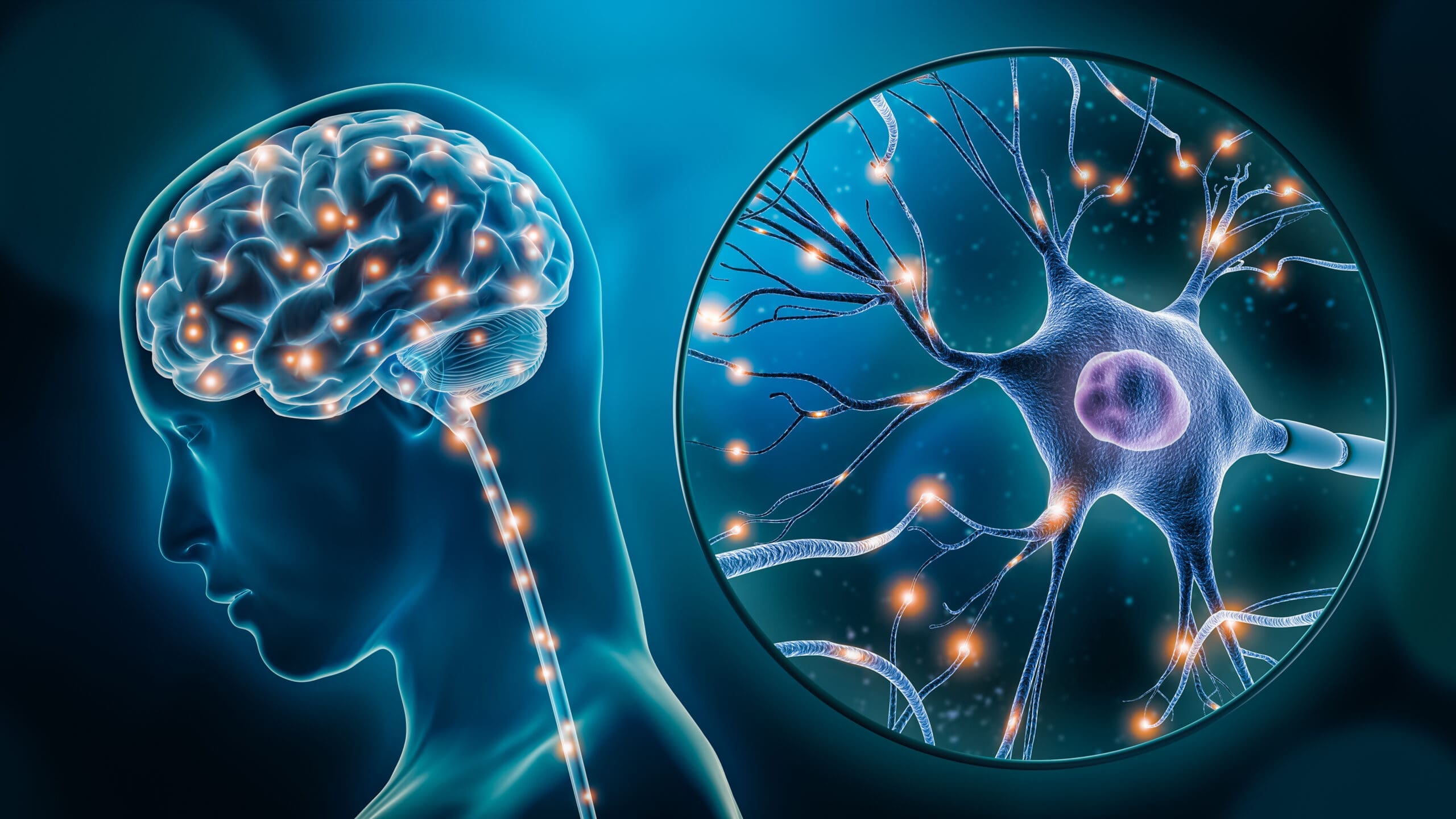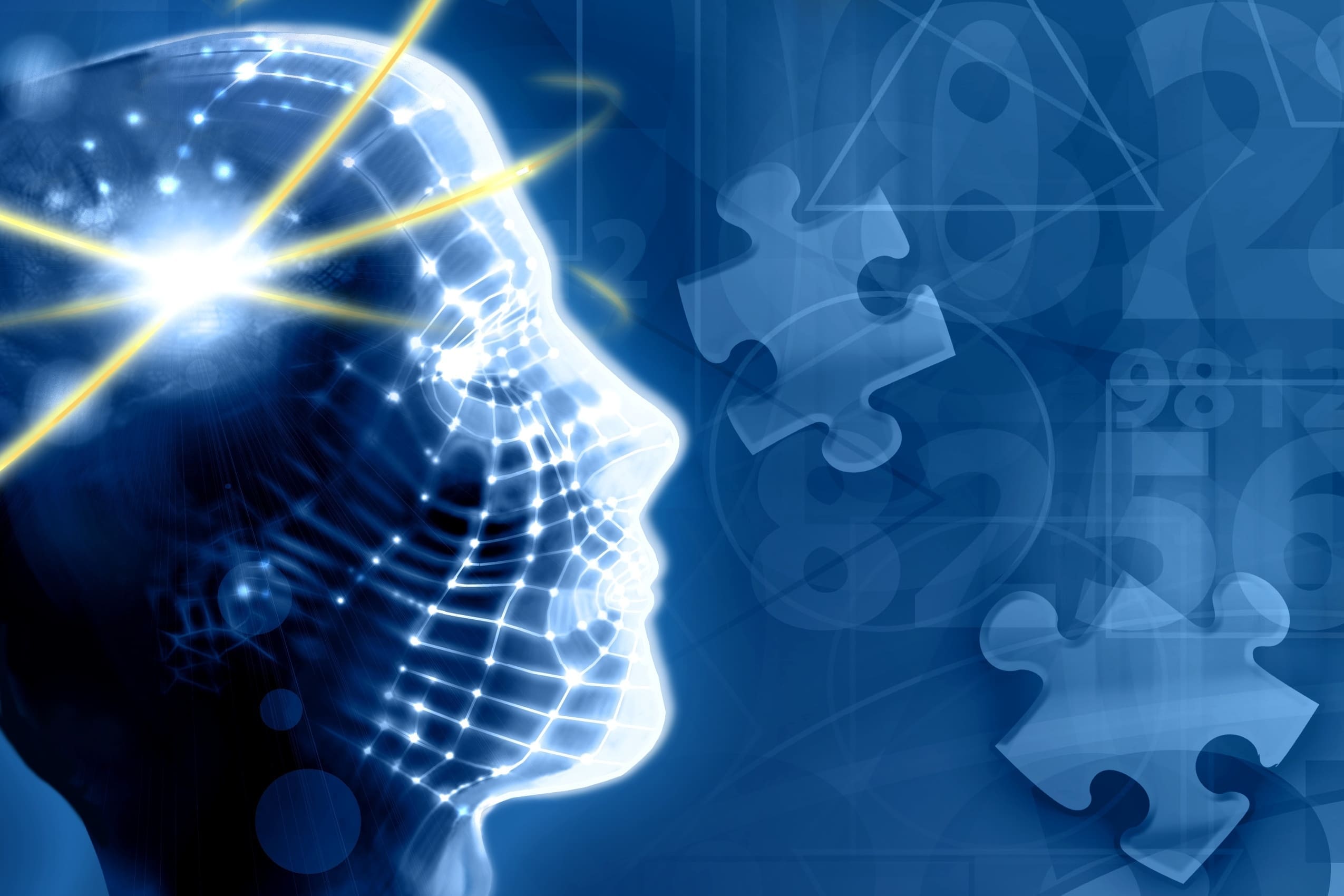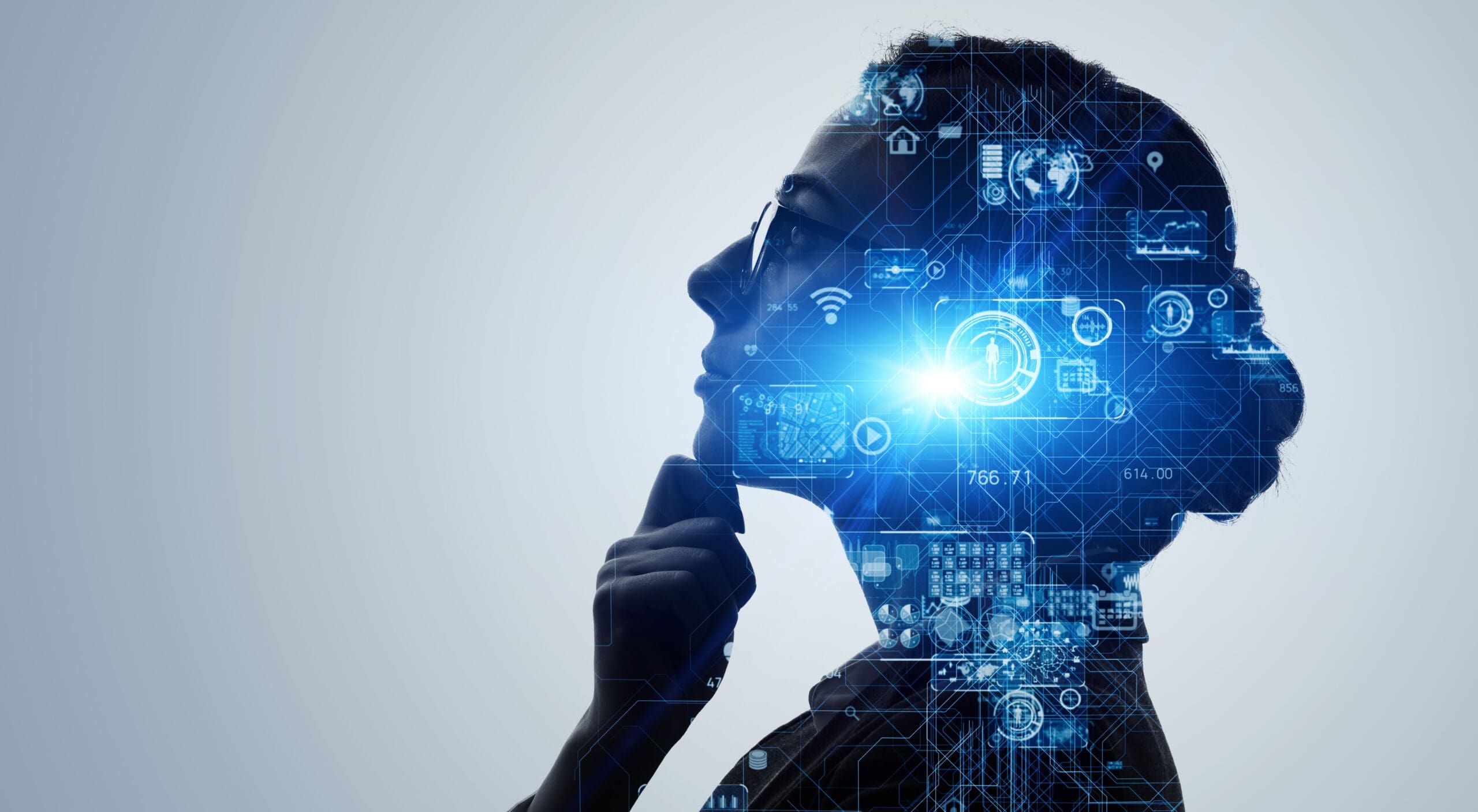In this post
Memory plays a vital role in shaping our experiences and enabling learning. It helps us learn new knowledge and skills by allowing us to retain information and remember when needed. It is also an important part of our identity, as it enables us to remember who we are, our experiences and our relationships with others. Overall, it is a fundamental cognitive process that underpins how we perceive, interact with and understand the world around us.
Memory is a crucial topic in A-level psychology because it lays the foundation for understanding learning, cognition and behaviour, which are central to the curriculum. Students are expected to understand various models of memory, types and the processes involved, and knowledge of these concepts is essential for answering exam questions effectively. Also, familiarity with different studies on memory helps students develop critical thinking skills and apply scientific methods to psychological research.
Knowledge of memory processes has real-world applications. For example, it can improve educational techniques, enhance memory recall and eyewitness testimony reliability, and address memory-related disorders, such as Alzheimer’s disease. It is also crucial for simple tasks in everyday life, such as recalling a grocery list or remembering names at social events.
Memory is more than just a cognitive function; it is integral to our daily lives and various professional fields. This blog aims to provide an in-depth explanation of memory concepts covered in A-level psychology studies.
What Is Memory?
UCL defines memory as:
“The process of taking in information from the world around us, processing it, storing it and later recalling that information, sometimes many years later.”
Memory refers to the mental processes of encoding, storing and retrieving information:
- Encoding – the initial stage where information from sensory input is converted into a format that can be stored in the brain.
- Storing – once encoded, the information is retained in the brain for later use.
- Retrieving – the process of accessing and using stored information when needed.
Memory enables us to retain knowledge and past experiences and use it in the future. It encompasses different types, such as short-term memory, long-term memory and sensory memory, each with its own characteristics and functions and is essential in human behaviour, learning and everyday decision-making:
Human behaviour
- Memory is crucial to our sense of identity and allows us to revisit past experiences. Our memories shape who we are and enable us to understand ourselves.
- How we react to future situations and our preferences are influenced by our past experiences stored in memory.
- Memory facilitates communication and social interactions by helping us remember people’s faces, names and histories.
Learning
- Memory is vital for learning, as it enables us to store and retrieve information, such as facts, skills, complex concepts and theories. We build upon prior knowledge and experiences to understand new concepts and skills.
- Skill development, e.g. playing a musical instrument or driving a car, is aided by repetitive practice and reinforcement of tasks and skills stored in procedural memory.
- Previous knowledge and experiences stored in memory provide a framework for understanding and solving new problems, which helps apply learned concepts to novel situations.
Everyday decision making
- We use memory to draw on past experiences to make informed decisions, e.g. remembering past successes and failures can guide future actions and choices.
- Decision-making processes can be simplified when repeated behaviours become habits through memory, e.g. we can respond automatically to familiar situations.
- Memory can help us predict the potential outcomes of various decisions by recalling similar past situations.
Memory has been studied extensively over the centuries, especially in the 20th century. There have been many key psychologists and theories that have significantly shaped our understanding of memory processes, particularly Atkinson & Shiffrin and their Multi-Store Model (MSM) of Memory, Baddeley & Hitch and their Working Memory Model (WMM) and Types of Long-Term Memory (LTM) proposed by Tulving.

The Multi-Store Model (MSM) of Memory
Atkinson and Shiffrin (1968) developed the Multi-Store Model (MSM) of Memory, also known as the Atkinson-Shiffrin Theory, which provides a key framework for understanding how memory works.
Their model suggests that memory consists of three distinct stores:
Sensory register (sensory memory)
- The initial stage of memory that receives and holds information from the environment through the senses, e.g. sight, smell, hearing, taste and touch. For example, briefly seeing a flash of light or hearing a sound.
- It has a very short duration (a few milliseconds to a few seconds).
- It has a large capacity but quickly decays without attention paid to information in the sensory memory.
- Each sense has its own sensory register, such as iconic memory for visual information and echoic memory for auditory information. For example, briefly remembering the image of a scene after you close your eyes.
Short-term memory (STM)
- Attention given to the information received from sensory memory moves to short-term memory (STM).
- STM is the capacity to store and manipulate information for a short time.
- It has a limited duration, usually 15-30 seconds.
- It has limited capacity, often cited as 7±2 items (Miller’s Law), i.e. an average person can only keep 7 (plus or minus 2) items in their working memory.
- If the information is not rehearsed or actively maintained, it will be lost.
- An example of STM is remembering a phone number long enough to dial it.
Long-term memory (LTM)
- Information from STM that is encoded and rehearsed can be transferred to long-term memory.
- LTM has a potentially unlimited capacity and duration, storing information indefinitely.
- It includes remembering facts and knowledge (semantic memory) to personal experiences (episodic memory) and skills (procedural memory).
- For example, remembering how to ride a bike or recalling your childhood memories.
- It does not mean someone can remember everything in their LTM – the information still needs to be retrieved from LTM and brought into short-term memory, where it becomes output.
The MSM suggests that information flows linearly through these three stores, with each stage having different characteristics and processes. It emphasises the importance of rehearsal for transferring information from STM to LTM.
The MSM has influenced the study of memory and provided a foundational framework for understanding how memory works. However, some critics have argued that it is overly simplistic and does not consider the complexities of memory processes.
| Strengths | Limitations |
| It provides a clear and straightforward framework for studying and understanding memory processes.It is backed by substantial research, which supports the existence of separate memory stores.It has provided a foundation for more complex memory research, theories and models, such as the working memory model.It clearly differentiates between short-term memory (STM) and long-term memory (LTM), which is useful for educational purposes and understanding various psychological phenomena. | It is considered too simplistic and does not account for the complexity and interactivity of memory processes.It emphasises rehearsal as the primary mechanism for transferring information, which is not always the case. Factors like emotional significance and depth of processing also play a role.Its distinction between the stores is somewhat rigid and does not account for the fluidity of memory processes.It assumes a linear progression of memory processing (i.e. sensory to short-term to long-term), which may not always reflect real-life memory dynamics.It does not consider variations in memory abilities across individuals or the impact of factors such as age, education, physical health and mental health on memory processes. |
The Multi-Store Model (MSM) has been instrumental in advancing our understanding of memory. However, it is important to appreciate its limitations and consider it a foundational framework rather than a comprehensive theory.

The Working Memory Model (WMM)
Baddeley and Hitch (1974) proposed a theory known as the Working Memory Model (WMM), which explains the structure and function of short-term memory. They believed the multi-store model (MSM) was overly simplistic and STM was more complex than a simple storage system.
The Working Memory Model (WMM) consists of the following four main components:
Central executive (CE)
- The control centre of working memory: the most important component of WMM.
- It controls attention, coordinates activities, allocates tasks and directs information to the appropriate subsystems, known as “slave systems”, i.e. the phonological loop, visuo-spatial sketchpad and episodic buffer.
- It also manages cognitive tasks such as problem-solving, decision-making and retrieval of information from long-term memory.
- It has limited capacity and cannot store information.
Phonological loop (PL)
- This subsystem is responsible for dealing with verbal and auditory information. It consists of two parts:
- The phonological store which holds information in a speech-based (verbal) form for a brief period (about 1-2 seconds).
- The articulatory control process which rehearses and refreshes the information in the phonological store through subvocal repetition (i.e. mentally repeating words in a loop to keep them in memory).
Visuo-spatial sketchpad (VSS)
- This subsystem handles visual and spatial information.
- It has two components:
- Visual cache, which stores visual data.
- Inner scribe, which rehearses spatial information and processes the arrangement of objects in space.
- It essentially acts as the “inner eye” and is involved in tasks such as visualising objects/images and navigating/remembering locations.
- It helps you remember and manipulate visual images and spatial layouts.
Episodic buffer
- Added later by Baddeley in 2000.
- It integrates information from the phonological loop, visuo-spatial sketchpad, and long-term memory into a coherent sequence of events or episodes.
- It acts as a temporary storage system that combines information from different sources, providing a bridge between working memory and long-term memory.
- It allows you to form a complete picture of the information.
In summary:
- The central executive directs attention and delegates tasks.
- The phonological loop and visuo-spatial sketchpad handle specific types of information (verbal/auditory and visual/spatial).
- The episodic buffer combines this information into a meaningful sequence and connects it to long-term memory.
The WMM has been influential in cognitive psychology because it provides a more detailed and dynamic understanding of how we process and manipulate information in our short-term memory.
While Baddeley and Hitch (1974) critiqued the multi-store model (MSM) for being overly simplistic, their Working Memory Model (WMM), although it has many strengths, is also not without its limitations.
| Strengths | Limitations |
| It recognises the active, complex nature of short-term memory and provides a more comprehensive and nuanced understanding of these processes than previous models.It better explains how we manipulate and process information in everyday tasks, such as problem-solving, reading and planning.It is strongly supported by experimental evidence, including studies on dual-task performance and brain imaging research.The inclusion of the episodic buffer (added later) demonstrates the model’s adaptability to new findings, integrating information from different sources. | Some argue it is too intricate and challenging to test comprehensively.The central executive component is somewhat vague, lacking a clear explanation of its functioning and structure.It primarily focuses on short-term memory processes, offering less insight into long-term memory dynamics and how they interact with working memory.The model does not consider individual differences in working memory capacity and functioning, which can vary significantly among people due to factors like age, education and neurological conditions. |
While the WMM has significantly advanced our understanding of short-term memory, it is important to consider both its strengths and limitations.

Types of Long-Term Memory (LTM)
Endel Tulving (1927-2023) was an Estonian-born Canadian experimental psychologist and cognitive neuroscientist and is particularly known for his work on the theory of memory. In 1972, Tulving proposed three distinct types of long-term memory (LTM): episodic, semantic and procedural.
Episodic memory
- Storing and recollecting information about personal experiences, specific events or “episodes” that we have experienced in our lives, along with the context in which they occurred (i.e. time, place, people and associated emotions).
- These memories are recalled consciously (explicit) and with effort.
- An example is remembering your first day of school, including what you did, the people you met and how you felt.
Semantic memory
- Storing and recalling general knowledge, concepts, meanings and facts about the world that are not linked to personal experiences.
- These memories need to be recalled deliberately (explicit).
- An example is knowing that Paris is the capital of France.
Procedural memory
- Storing and recalling information on how to perform specific tasks or skills – usually acquired through repetition and practice.
- These memories are often recalled unconsciously, automatically and without deliberate effort (implicit).
- An example is knowing how to ride a bicycle without consciously thinking about the movements.
Tulving’s differentiation of these three types of long-term memory has provided a more nuanced understanding of how memory operates and how the brain stores information. Each type of memory plays a unique role in our daily lives, contributing to how we learn, perform tasks, recall experiences and understand the world around us.
Cabeza and Düzel (2023) have further information on Tulving here.

Processes of Memory
Memory is a fascinating and complex process that involves several distinct stages: encoding, storage and retrieval:
Encoding
- Information from the environment is processed through various sensory channels, such as sight and sound.
- The sensory input is converted into a form that can be stored in the brain as a memory trace.
- Some types of encoding include:
- Visual encoding – involves encoding images and visual sensory information. For example, when you look at a picture and remember it, you are using visual encoding. It helps recognise objects, faces and scenes.
- Acoustic encoding – relates to sounds and involves encoding auditory information, such as the sound of words. For instance, when you hear a song that sticks in your mind, that is acoustic encoding at work.
- Semantic encoding – involves encoding the meaning of information, such as words and concepts. It is the most powerful form of encoding and leads to deeper processing. For example, understanding the meaning of a sentence or a concept is semantic encoding.
Storage
- Once encoded, the information must be stored for future use, which involves retaining information over time.
- Memory storage can be short-term or long-term:
- Short-term – holds information for a brief period, typically around 15-30 seconds. It is limited in capacity and can only handle a few items at once.
- Long-term – involves the more permanent storage of information. It has a vast capacity and can retain information for extended periods, sometimes indefinitely.
Retrieval
- This process involves accessing the stored information when required and bringing it into conscious awareness.
- Whether the information is successfully retrieved depends on how well it was encoded and stored.
- There are several types of retrieval:
- Recall – retrieving information without cues.
- Recognition – identifying information when presented with cues.
Many factors can affect the retrieval success of memories, such as:
- Cues – external prompts or stimuli associated with the memory can significantly aid recall. These can be words, smells, images or sounds that trigger the memory.
- Interference – older memories can interfere with the retrieval of newer information, and new information can sometimes make it harder to retrieve older memories.
- Memory decay – memories can weaken and become harder to retrieve if they are not actively recalled or used.
- Physical condition – overall brain health, including factors like diet, exercise and absence of neurological conditions, plays a significant role in memory retrieval.
- Encoding specificity – the similarity between the context in which the memory was encoded and the context in which it is retrieved can enhance recall, e.g. studying in the same environment where you will take the test can improve memory performance.
- Frequent rehearsal – information frequently rehearsed or used is more deeply encoded and easier to retrieve.
- Emotional factors – emotionally charged memories and those more meaningful are often more vivid and easier to remember and retrieve.

Forgetting: Why Do We Forget?
Everyone forgets at some point; forgetting is a natural part of how our memory systems work. There are several theories that posit why this happens, including the interference theory, retrieval failure and the decay theory.
The interference theory describes why we forget things and suggests that:
- Other memories impact our ability to remember information.
- Similar memories compete and interfere with each other, thus making it hard to recall certain information accurately or leading to forgetting completely.
There are two main types of interference: proactive and retroactive:
Proactive
- Older information or memories can disrupt the recall of newer ones.
- For example, if you have learned a specific dance move in the past, it might make it harder to remember a new, similar dance move you have recently learned.
Retroactive
- Newer information or memories can hinder the recall of older ones.
- For instance, you may have difficulty remembering an old phone number after learning a new one.
When we cannot access information stored in our memory, even though it is still there, it is known as retrieval failure. Cues and context-dependent memory are crucial in understanding why this happens, for example:
- Cues – specific stimuli can trigger memory recall and are typically linked to information stored in our memory, e.g. hearing a particular song may remind you of a specific place, person or event from your past. It can be challenging to retrieve certain memories without these cues or triggers.
- Context-dependent memory – we are more likely to recall information in the same context or environment in which we originally learned it, as it acts as a cue to help trigger a memory.
Understanding the decay theory in A-level psychology is also important. It suggests that memories naturally fade over time if not rehearsed, accessed or used. The physical trace of a memory, also known as the memory trace or engram, weakens and eventually disappears with the passage of time, thus leading to forgetting. According to the decay theory:
- Memories are time-based, and the longer a memory trace is not used, the more likely it is to fade away.
- A lack of rehearsal or disuse of memories can increase the likelihood of decay. It requires regular rehearsal or recall to strengthen the memory trace, making it more durable over time.
- There is a physical basis for memory traces in the brain, which can degrade over time.
An example of decay theory in action could be forgetting the details of a high school class you took years ago, especially if you have not thought about or used that information since.
Additional factors can affect memory and lead to forgetting, such as never properly encoding the information in the first place and physical changes in the brain, such as those caused by ageing or health conditions.

Memory in Everyday Life
Memory theories apply to real-world scenarios, such as eyewitness testimony (EWT). EWT plays a crucial role in criminal and legal proceedings. However, research has found that post-event information can distort original memories, leading to false recollections of event details (Nichols, 2023), which can have serious consequences and result in incorrect convictions.
Many factors can influence the accuracy of EWT and lead to misleading information, but some examples that can have negative impacts are:
- Leading questions – these can potentially guide a witness to a particular answer.
- Post-event discussion – information provided after an event but could influence a witness’s memory of the event.
- Anxiety – can affect eyewitness testimony by impairing memory recall, resulting in witnesses focusing on irrelevant details.
The impact of leading questions and anxiety on eyewitness testimony has been widely studied, especially through the landmark studies by Loftus and Palmer (1974) and Yuille and Cutshall (1986).
Loftus and Palmer (1974) (ScienceDirect)
- Their study investigated how leading questions can distort eyewitness memory recall.
- It involved participants watching videos of car accidents and then answering questions about their observations.
- The critical question varied in wording; for example, “About how fast were the cars going when they [hit/smashed/collided/bumped/contacted] each other?”
- They found that participants’ speed estimates and memory details were influenced by wording.
- It highlights the importance of using neutral and non-suggestive questions in legal contexts to avoid contaminating eyewitness memories.
Yuille and Cutshall (1986) (American Psychological Association)
- They examined the accuracy of eyewitness testimony in a real-life crime scenario: a shooting.
- Witnesses were interviewed by police and re-interviewed by researchers months later. The latter assessed the impact of leading questions.
- Their research showed that eyewitness testimony could be accurate and resilient with little change, even months later, despite leading questions.
- They also found that witnesses who experienced higher anxiety during the event had better recall of central details.
- It suggests that in high-stress, real-life situations, memory can be robust, highlighting the need to consider the context and witnesses’ emotional state in legal proceedings.
- Quizlet has some flashcards to help with revision here.
Both studies significantly contribute to our understanding of eyewitness testimony.
- Loftus and Palmer’s research – underscores the vulnerability of memory to suggestion and the misinformation effect, highlighting the need for careful questioning in legal settings.
- Yuille and Cutshall’s findings – suggest that real-life eyewitnesses can maintain accurate memories over time, even under stress, suggesting a more nuanced view of eyewitness reliability. However, other studies indicate that extreme stress can impair memory, suggesting a complex relationship between anxiety and recall.
These insights are crucial for the judicial system, emphasising the need for balanced approaches to evaluating and using eyewitness testimony.
Effective revision strategies based on memory research are another example of applying memory theories to real-world scenarios. Here are some examples:
- Spaced repetition – instead of trying to cram information during study sessions, students can spread it over time, known as spaced repetition. Research has demonstrated that it can promote long-term retention of information and boost memory. Flashcards and spaced repetition software are examples of effective tools that can be used for this purpose. Birmingham City University has further information and some tips here.
- Active recall – involves actively testing yourself on the material instead of just re-reading notes (passive review), e.g. teaching someone else, practising questions or using flashcards. Research indicates that active recall strengthens neural connections and improves memory retention. Birmingham City University has some further examples of active recall here.
- Interleaving – mixing different topics during study sessions, rather than focusing on one for a long time, can improve knowledge retention (Jones, 2023). It helps create more diverse retrieval cues and enhances problem-solving skills. An example of a research paper on interleaving is here.
- Mnemonics – using mnemonic devices, such as acronyms, rhymes or visualisation techniques, can help encode information more effectively and make it easier to retrieve.
- Elaborative rehearsal – involves linking new information to existing knowledge or making it more meaningful. For example, relating historical events to personal experiences or creating stories around facts can enhance understanding and memory retention.
These techniques leverage our understanding of how memory works to improve learning and recall, making them invaluable tools for students, professionals and anyone looking to enhance their memory performance.

Conclusion
Understanding memory is crucial in A-level psychology, as it is a core concept to master to succeed in exams and coursework. Learning about different memory theories and models, such as MSM, WMM, and LTM, will help students grasp how memory processes work and how information is stored and retrieved. Also, studying key experiments on memory, like Loftus and Palmer’s study, enhances students’ understanding of experimental design, ethical considerations and the interpretation of data.
The practical relevance of understanding memory extends beyond the classroom and can enhance various aspects of daily life and professional practice. Knowing how memory works can improve study techniques and help students develop effective revision strategies. It is vital in the legal system to understand the limitations and reliability of eyewitness testimony and also in everyday life. We rely on memory to improve everyday tasks, such as remembering names and appointments, and make better decisions by drawing on past experiences.
Memory models, types and processes are intricately interconnected, forming a comprehensive framework for understanding how we encode, store and retrieve information. Comprehension of these connections helps us grasp how memory functions as an integrated system. Further exploration of memory topics is needed to deepen understanding for exams and real-life applications. Here are some further resources that may help:
- National Geographic – The human memory—facts and information.
- Online Learning College – Multi-store Model Of Memory.
- Psychology Today – Memory.
- TeacherToolkit – 10 Tips for Strengthening Memory.
- The British Psychological Society – How to… improve your memory.
- University of Strathclyde – Understanding memory and making it work for your students (for educators, but has some useful information).
There are also many resources on YouTube that can assist in learning about memory for A-level psychology.



